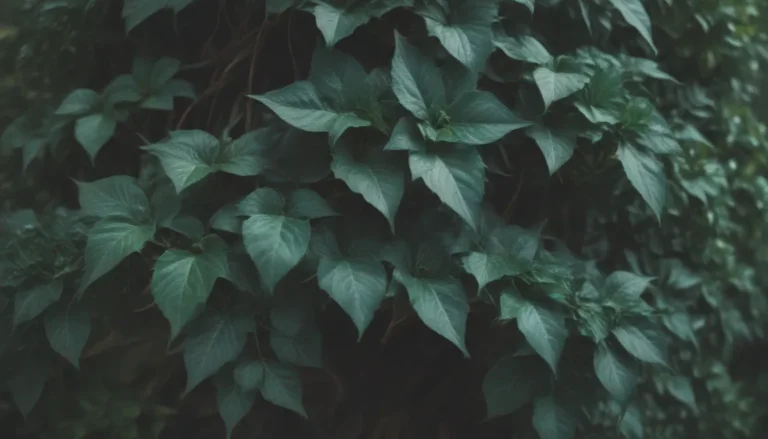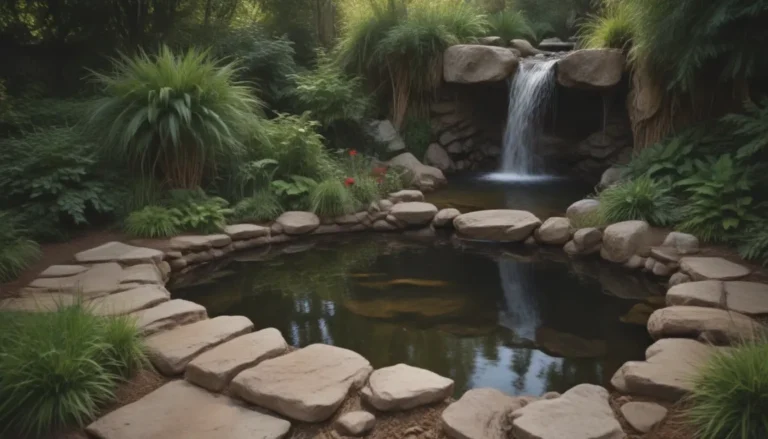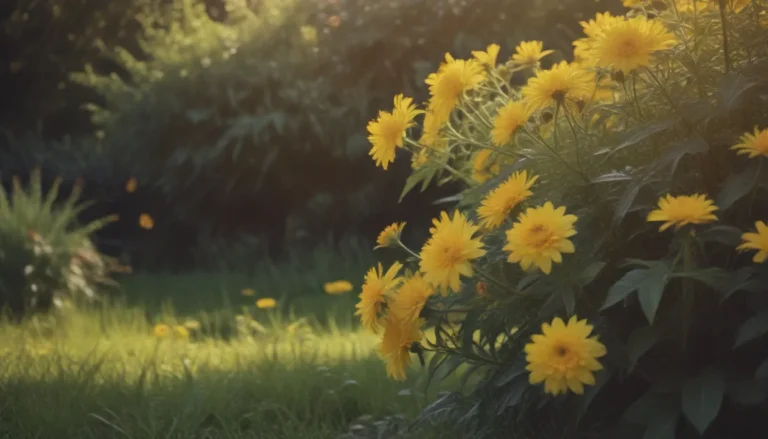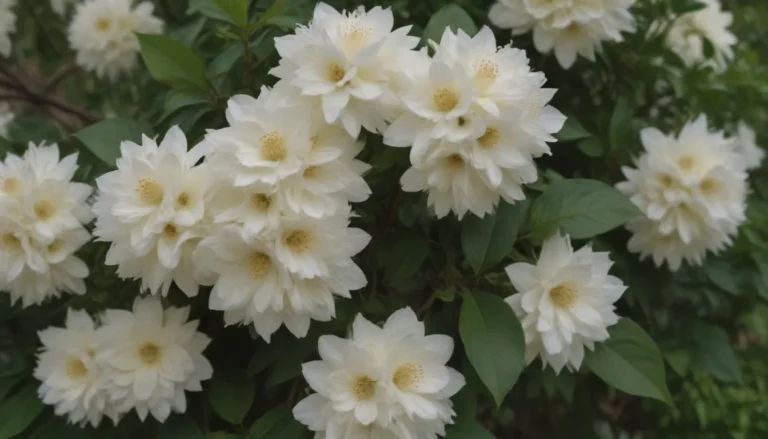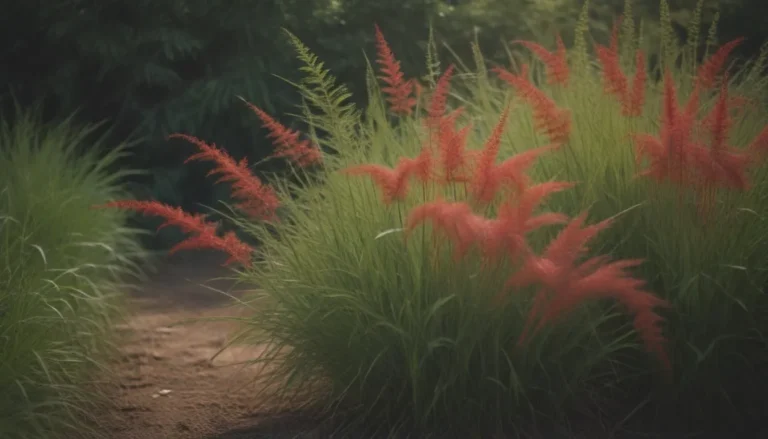The Ultimate Guide to Growing and Caring for Star-Shaped Camassias
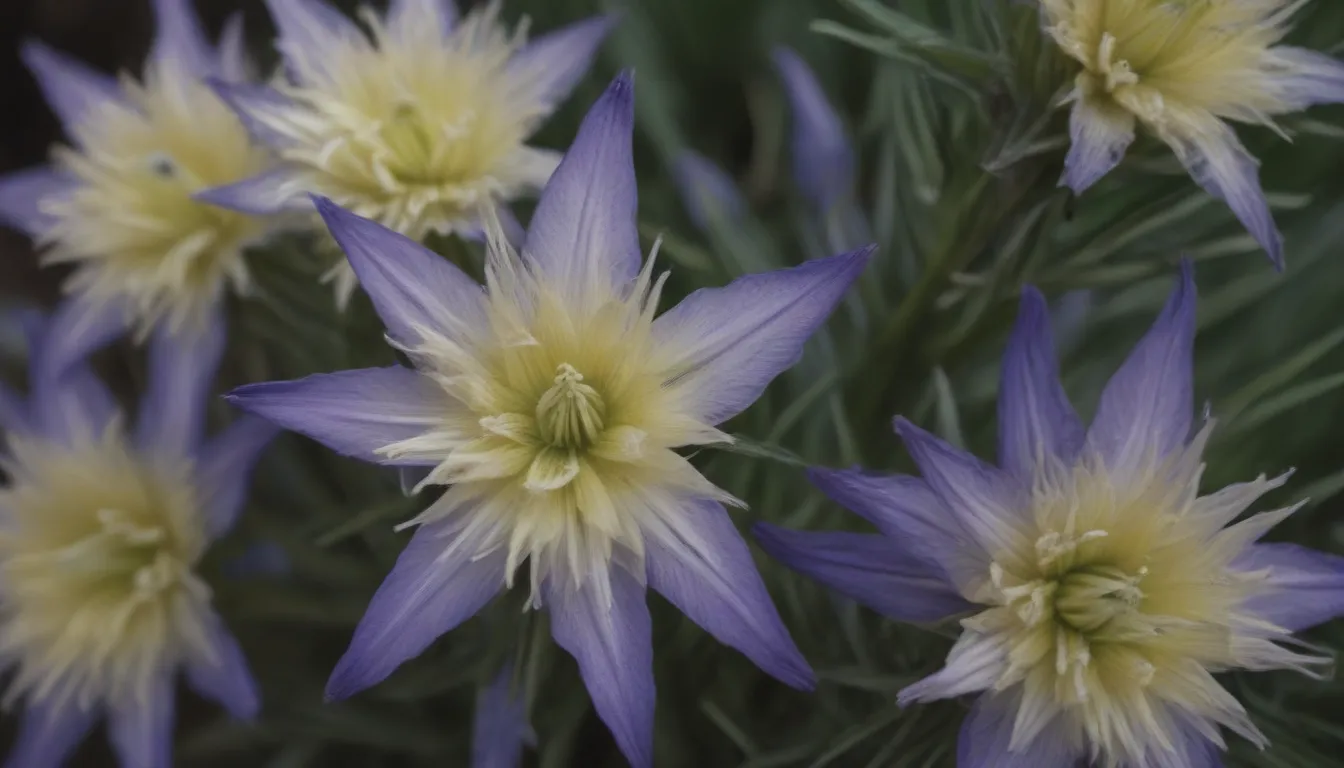
Welcome to the ultimate guide to growing and caring for star-shaped camassias! These beautiful bulb perennials are a delightful addition to any garden, with their stunning star-shaped flowers in shades of blue, violet, or white. Known for their hardy nature, camassia plants are relatively easy to grow as long as you provide them with the right conditions. In this article, we will walk you through everything you need to know about growing and caring for camassias to ensure they thrive in your garden.
Getting to Know Camassias
Before we dive into the care requirements for camassias, let’s take a closer look at these lovely plants. Here are some key points to keep in mind:
- Camassia plants are bulb perennials that are most commonly identified by their star-shaped flowers.
- They are known for their hardy nature and are relatively easy to grow in full to partial sunlight.
- Camassias require moist soil and moderate temperatures to thrive.
Camassia Care Requirements
To successfully grow camassias in your garden, it’s essential to understand their care requirements. Here’s a breakdown of what you need to know:
Light
Camassia plants thrive in full sunlight, but they can also tolerate partial shade as long as they receive four to five hours of direct sun each day. Providing adequate sunlight will support abundant bloom production in your camassia plants.
Soil
Camassias prefer moist, well-draining soil with a neutral-to-slightly acidic pH level. Nutrient-rich soil will help these plants thrive and produce beautiful flowers.
Water
Regular watering is essential for camassia plants, especially in moist conditions. Plants in full sun will require more frequent and deeper watering compared to those in partial shade. Be sure to adjust your watering routine based on the sunlight exposure of your plants.
Temperature and Humidity
Camassias can tolerate a range of temperature conditions, thanks to their native range that includes various regions in the western United States. These plants require a period of cold weather for dormancy each year. They can tolerate low-to-moderate humidity levels as long as the soil moisture is sufficient.
Fertilizer
Generally, camassia plants do not require fertilization. However, if your soil lacks nutrients, adding a layer of compost can provide the rich, humus soil conditions that these plants prefer.
Types of Camassia to Consider
There are several different types of camassias to choose from, each with its unique characteristics. Here are a few popular varieties:
- Camassia leichtlinii
- Camassia quamash
- Camassia scilloides
Each of these varieties offers something special, so consider your preferences and growing conditions when selecting camassias for your garden.
Propagating Camassia Plants
Camassia plants multiply through bulb offsets, making propagation a straightforward process. Dividing the bulbs in the fall is the best way to propagate these plants and prevent overcrowding in your garden. Here’s how you can do it:
- In the fall, carefully dig up the camassia bulbs.
- Separate the bulb offsets from the main bulb.
- Replant the offsets in a new location with the appropriate soil conditions.
- Water the newly planted offsets thoroughly to promote root growth.
By propagating your camassia plants, you can ensure they continue to thrive and produce beautiful blooms year after year.
Encouraging Blooms in Camassias
If you want to see more blooms on your camassia plants, here are some tips to help encourage flowering:
- Camassias typically bloom in May and June, bridging the gap between early spring and mid-summer flowers.
- Deadhead spent blooms to maintain a tidy appearance in your garden.
- If your plant is producing more foliage than flowers, consider dividing it in the fall to reduce overcrowding.
By following these tips, you can enjoy a stunning display of camassia flowers in your garden throughout the blooming season.
Common Problems and Solutions
While camassia plants are generally hardy and low-maintenance, they can still encounter issues. Here are some common problems you may experience with camassias:
Wilting Leaves and Stem
If you notice the leaves or stem of your camassia plant wilting, it may be a sign of overwatering. Adjust your watering routine to prevent the plant from becoming waterlogged and improve drainage in the soil.
Yellowing Leaves
Yellowing leaves on a camassia plant after flowering is a natural process as the plant prepares for dormancy. Allow the leaves to turn yellow before removing them to prepare the plant for overwintering.
By addressing these common problems promptly, you can ensure the health and vitality of your camassia plants.
Conclusion
In conclusion, growing and caring for star-shaped camassias can be a rewarding experience for any gardener. By providing the right conditions, including adequate sunlight, well-draining soil, and regular watering, you can enjoy beautiful blooms from these hardy plants. Whether you’re a seasoned gardener or just starting, adding camassias to your garden will bring a touch of elegance and charm to your outdoor space. So, roll up your sleeves, get your hands dirty, and watch your camassias flourish with proper care and attention. Happy gardening!
